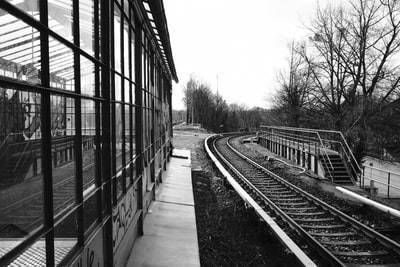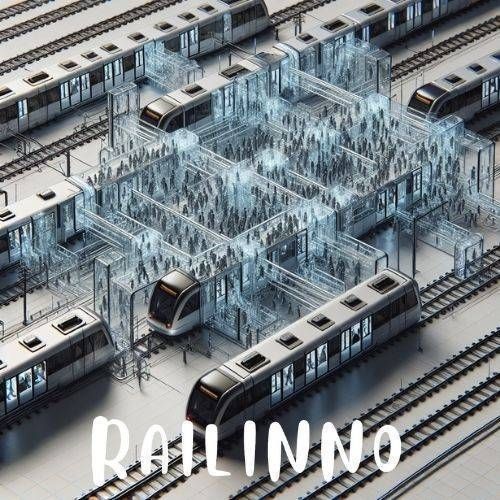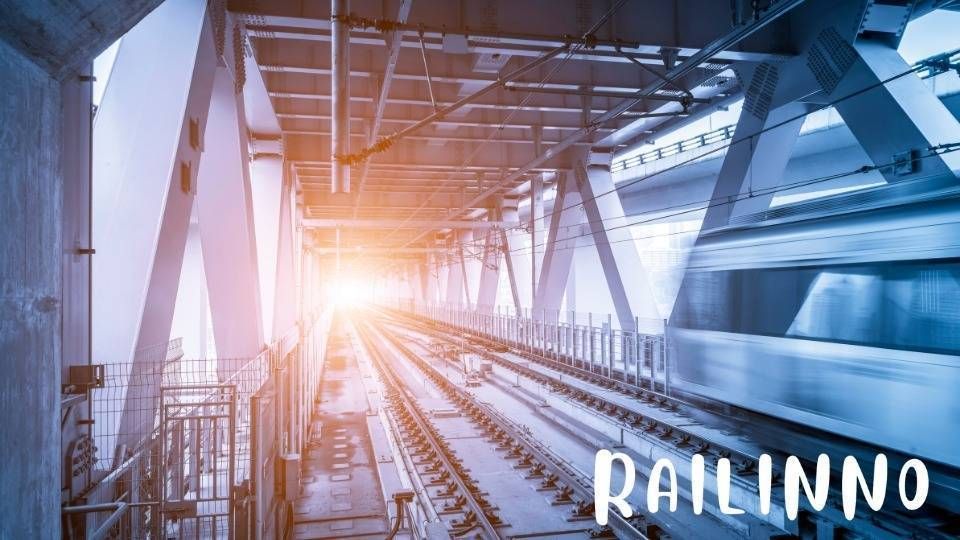How AI is enhancing railway safety?

Enhancing Railway Safety: A Comprehensive Guide to Modern Innovations
In today’s fast-paced world of technological advancements, one particular area that is seeing a surge in innovation is railway safety. With the introduction of artificial intelligence (AI) into the mix, the possibilities for enhancing safety measures and preventing accidents seem endless. Enhancing railway safety is one of the top priorities for railway agencies worldwide, and AI is at the forefront of this transformation.
The integration of AI into railway systems has the potential to revolutionize how we ensure the safety of passengers and employees alike. From predictive maintenance algorithms to autonomous trains, the role of AI in railway safety is expanding at a rapid pace. However, with great power comes great responsibility, as the complexities and uncertainties of AI technology pose challenges that must be carefully navigated. How can we harness the full potential of AI while also safeguarding against potential pitfalls? Join us as we delve into the fascinating world of AI railway safety and explore the implications of this game-changing technology.
Table of Contents
AI Applications in Railway Safety
Predictive Maintenance for Infrastructure
Embracing predictive analytics and condition monitoring allows operators to prioritize maintenance based on real-time data, reducing unnecessary interventions. This data-driven approach optimizes resource utilization and contributes to a sustainable and adaptable railway system.
Real-time Incident Detection Technology
Real-time incident detection systems in railways utilize sensors, AI, and cameras to monitor the railway environment. By quickly identifying issues like obstructions, trespassers, or technical problems, this system allows for prompt actions to prevent accidents. The data collected can help analyze patterns and improve safety protocols in the railway network. This technology is crucial for protecting passengers, workers, and railway infrastructure.
These systems reduce response times to safety threats, creating a secure environment for passengers and personnel. Leveraging sensors, AI, and communication networks, they detect abnormalities and alert relevant parties. Whether it’s a trespasser, an obstacle on the tracks, or a mechanical issue, real-time incident detection technology allows for quick and efficient responses. Continuous monitoring enables proactive safety measures, maintaining operational efficiency and high safety standards.
Autonomous Train Operation Systems
Autonomous train systems are transforming the railway industry by enabling trains to operate without human intervention. By using artificial intelligence (AI), transportation on railways is becoming safer and more efficient. Driverless trains navigate tracks with precision, enhancing overall performance and improving schedule adherence. Implementing autonomous systems has also reduced human error in train operations. Train systems are integrating sensors and algorithms to optimize performance and increase efficiency.
Future Implications and Challenges
AI technologies like predictive maintenance and real-time incident detection play a crucial role in enhancing railway safety. The adoption of advanced AI systems allows for proactive monitoring of infrastructure and equipment, significantly reducing the risk of potential incidents. This proactive approach aligns with RSSB’s objective of continuously improving safety measures across the railway network.
Revolutionizing Railway Management: Railinno AI In Rail Sets the Standard for Innovation
All in AI
As we reflect on the potential impact of artificial intelligence in enhancing railway safety, we are confronted with an unimaginable future where machines are capable of predicting and preventing accidents with unparalleled accuracy. The thought of trains being guided by intelligent systems that can analyze vast amounts of data in real-time, detecting potential risks and taking proactive measures to avoid disasters, is both thrilling and daunting.
The implications of such technology are vast and varied, challenging our perceptions of what is possible in the realm of transportation safety. It is a paradigm shift that promises a new era of efficiency and security but also raises complex ethical and logistical issues that must be carefully considered.
The intersection of AI and railway safety represents a frontier of innovation that pushes the boundaries of human ingenuity, inviting us to imagine a world where the impossible becomes reality. In this rapidly evolving landscape, one thing is certain: the future of railway safety will be defined by the pioneering work of those who dare to explore the untapped potential of artificial intelligence.
As we continue to explore and implement AI technologies in railway systems, the future of railway safety looks promising. By embracing these innovations, we can create a safer, more efficient, and reliable railway network for everyone. Stay tuned to Railinno AI In Rail for the latest updates and advancements in railway safety.
More Articles
Categories












Leave a Reply